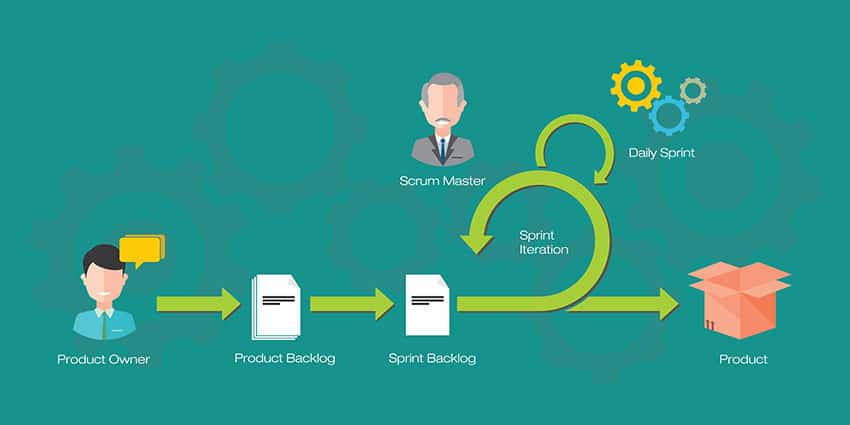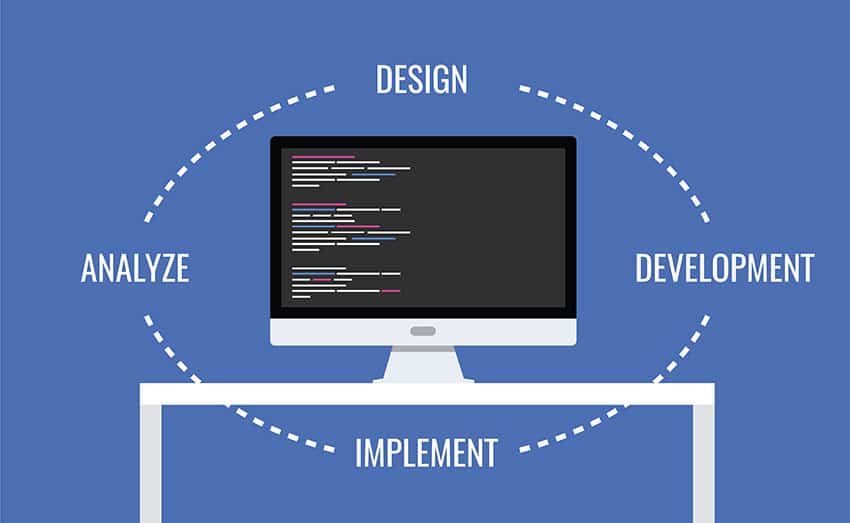When it comes to project management methods, there’s no end to the tools available. Based on your organization and the needs of your team and project, there’s a wealth of options to choose from.
The general purpose of these project management tools is to help make a company more efficient and boost that bottom line in the process. Luckily, depending on your goals and needs, there are multiple frameworks for helping streamline a business. One closely related to lean management and its various principles is agile development.
A Short History of Agile
Agile is a work management philosophy generally used in the IT and software development industry. It was originally devised as an alternative to Software Development Lifecycle methodologies, and offers an iterative approach to software delivery.
Although agile was originally created to help businesses in an IT and software development context, the basic framework is applicable across every industry.
Agile dictates that software is built incrementally from the start of the project rather than attempting to deliver it all at the very end. Each project is broken down into smaller, bite-sized functions and are prioritized and given to different user types. Then those smaller mini-projects are continuously worked on and delivered over two-week spans called iterations.
Tools of business agility
One of the primary tools to implement agile principles across a company is scrum.
In comparison to other such tools, scrum breaks down an organization or department into smaller teams and tasks them with organizing themselves and handling certain tasks. Scrum also dictates that work on a project be broken down into a set of deliverables with fixed schedules for completing these tasks (usually between one and four weeks commonly referred to as sprints).
Scrum is merely the tool used in Agile to break projects into these manageable pieces so that cross-functional teams can work on and deliver these actions over the iterations. Scrum generally functions with three prescribed user roles: Product Owner (pretty self-explanatory, as they own the project and are responsible for communicating with the rest of the team/company); Scrum Master (oversees the projects during each sprint); and Team Members to carry about the manageable, bite-sized mini projects during each iteration.
Did you find this agile management tip helpful? Leankor’s workflow management tools can help your team become even more efficient. Schedule your one-on-one demo today!






